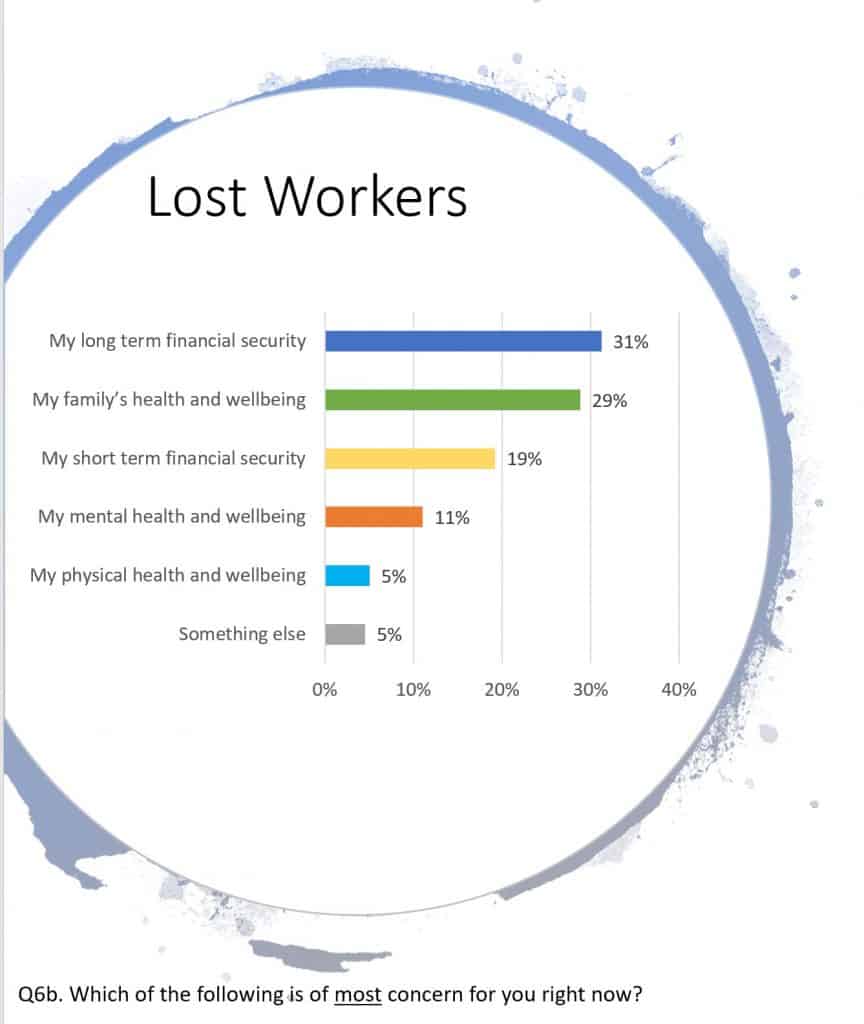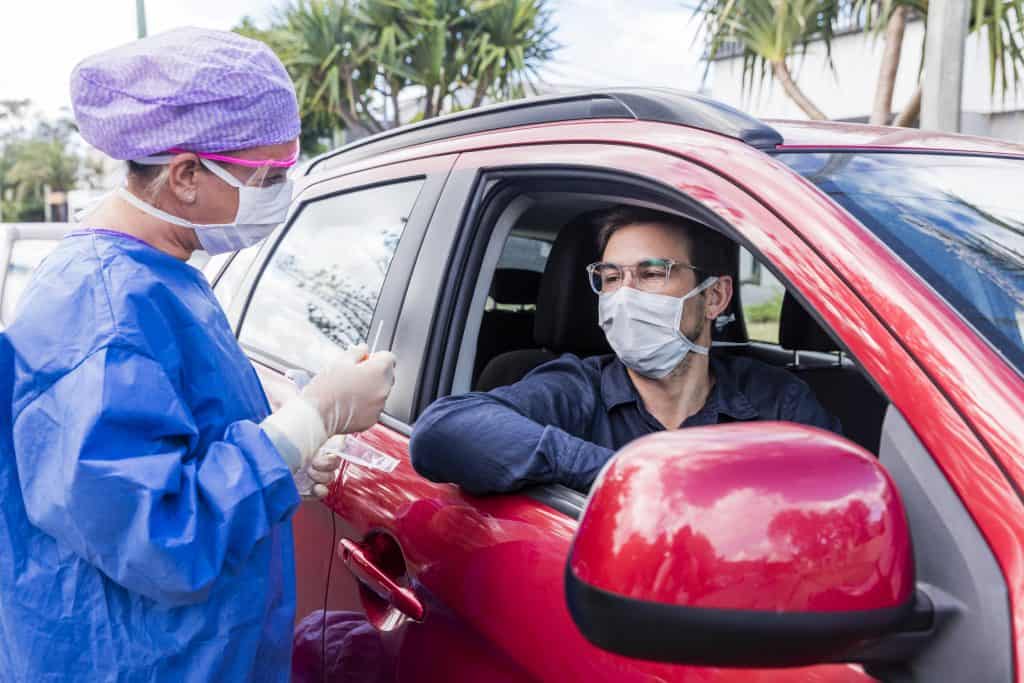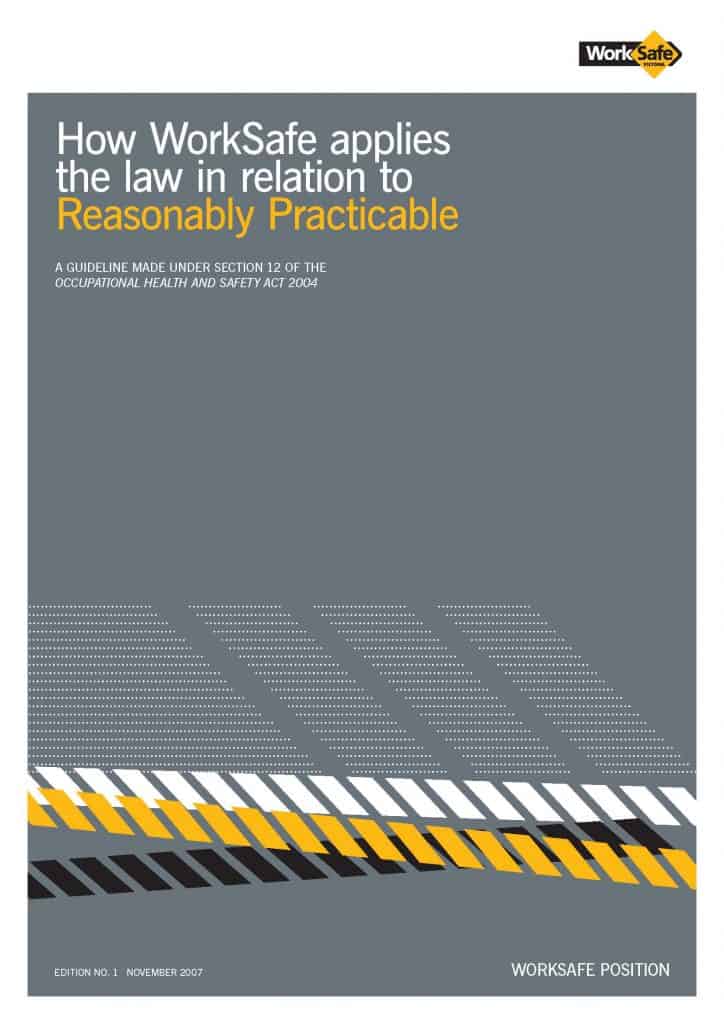
Lisa Stevens is an Australian OHS professional who specialises in laboratory and chemical safety through her own company.
Lisa is the latest in this series of profiles intended to humanise those who are interested, or active, in workplace health and safety
How did I get into Health and Safety?
My first taste of health and safety was working in the Dept of Labour and Industry (SA) many years ago as a casual clerk. Five years later I was managing the medical record department for a large psychiatric hospital, when I was asked to provide training for nurses who were undertaking return to work programs in the department. I wanted to know more about developing return to work programs , and the only available was a subject within the Diploma of OHS (and I am talking about the pre-competency based training era!!)
Continue reading “OHS and Lisa Stevens”




